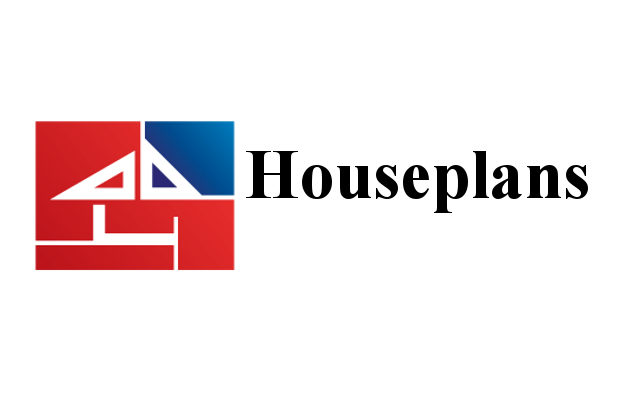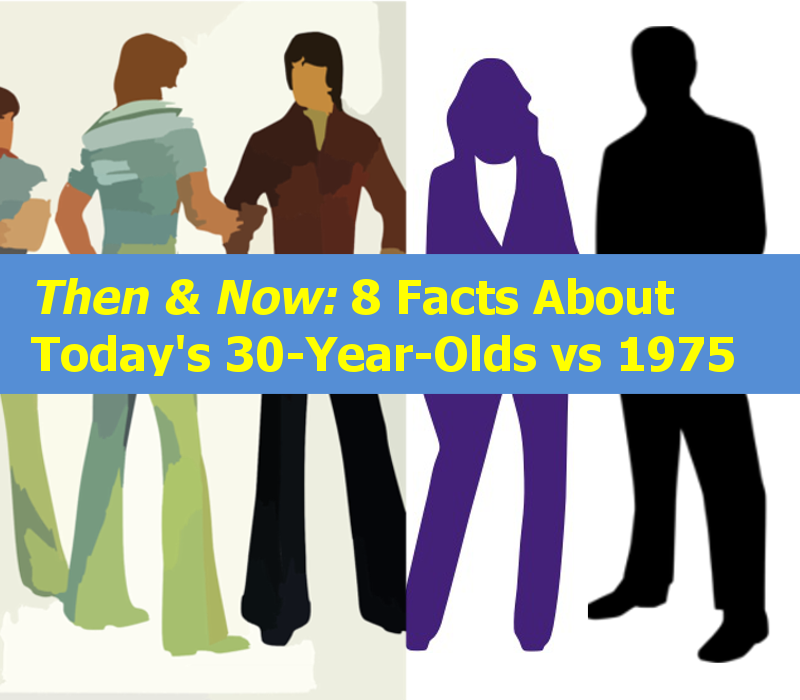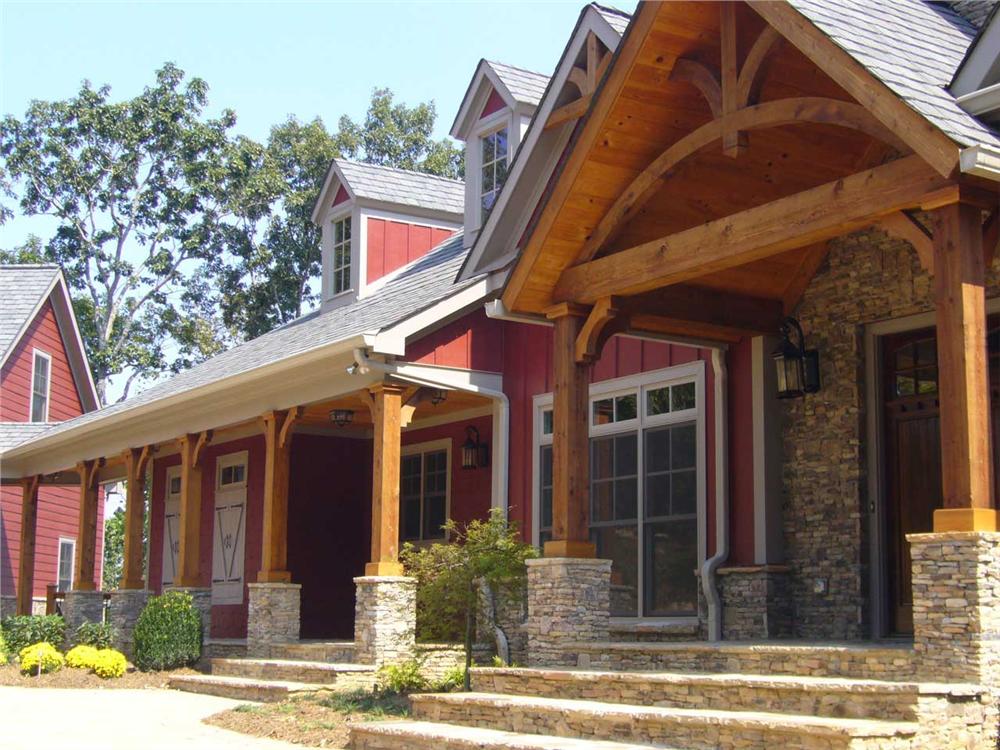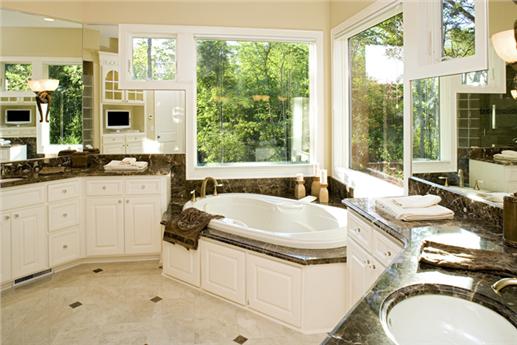I was disappointed to read an article titled “Developers helped build a bust.” According to Mara Der Hovanesian of BusinessWeek, many developers began selling mortgages as well. They ended up misrepresenting clients’ income to sell their homes at higher prices. This has ended up in virtual ghost towns as foreclosures soon became the only option for hundreds of “homeowners.” What a wasteful mistake.
Alex Wilson, author of “Your Green Home,” states “The average US home has more than doubled in size since 1950, growing from about 1,000 square feet to 2,340 square feet in 2004.” This is despite shrinking families. One of the problems I have seen as a sales representative in home design is that people are too concerned with a big house. They squawk at every price, even when I’m saving them money, suggesting a very tight budget. Not only is this financially unwise, but a bigger than needed house is a blatant waste of time, money, and resources, especially if it ends up in foreclosure.
Wilson also states in his book that “Downsizing the house allows you to incorporate higher-quality products, additional amenities, and a higher level of craftsmanship.” A smaller home requires more spending in better, more efficient design. However, this pays for itself by simply building smaller. You’ll spend less to build it, and you’ll spend less to maintain it. This will open up money for even more money saving expenditures like solar or wind power, energy-star rated appliances, and higher R-value insulation.
Wasteful spending may seem luxurious and even smart (if you’re playing the real estate market correctly), but it is nonetheless wasteful. Smaller, more efficient design is the answer to our budgets and the natural environment. Let’s not kill our economy and our resources with one punch of mass foreclosures.




